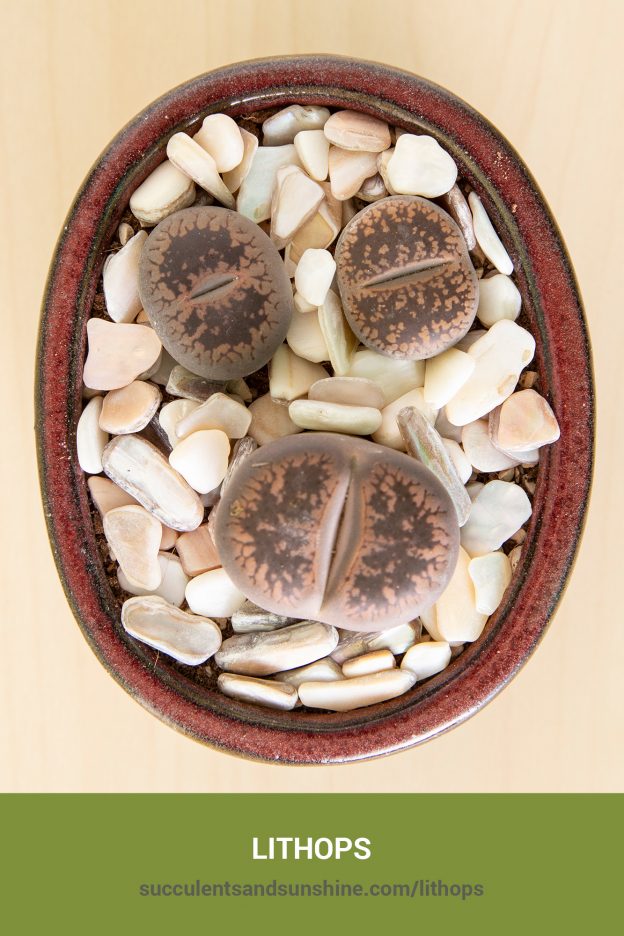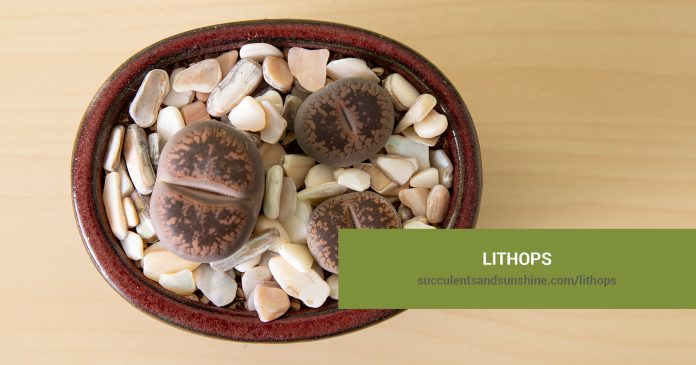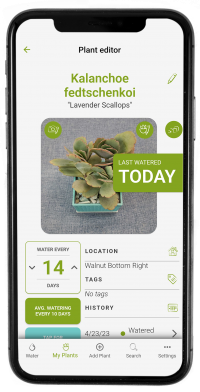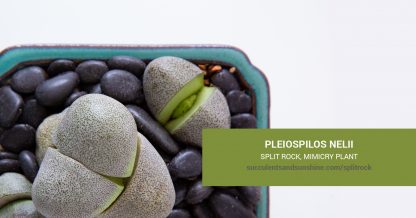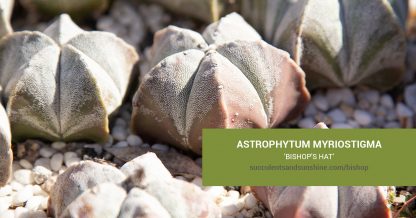Care and Propagation Information
General Care for Lithops
Lithops are a fascinating addition to a rock garden or indoor succulent garden. Their stem grows under the soil, which should be gritty and well-draining.
They can be tricky for a new succulent grower, since they are sensitive to their environment. Plant Lithops indoors in a sunny area of your home, such as a window sill, but do not expect quick growth. Watch for yellow or white flowers in the late Summer or Fall.
Watering
Lithops need much less water than other succulents. In the winter, when they are splitting their leaves, they should not be watered at all. In the Summer, water only when the leaves begin to wrinkle. When beginning to water again in the Spring, wait until the outer leaves have shed, and the new growth can be seen.
It's best to use the “soak and dry” method, and allow the soil to dry out completely between waterings. Too much water can cause the leaves of Lithops to burst.
Where to Plant
Lithops are not cold hardy, so if you live in a zone that gets colder than 30° F (-1.1° C), it's best to plant this succulent in a container that can be brought indoors. It does well in full to partial sun.
If planting indoors, place in a room that gets a lot of sunlight, such as near a southern-facing window (if you're in the Northern Hemisphere).
How to Propagate Lithops
Although some growers have had success propagating Lithops by division, the most successful way is through its seeds. These can be collected from the flower in the Summer or early Fall.
Additional information
Lithops are native to Namibia and South Africa, where they are also known as “cattle hoof,” “sheep hoof” and “horse's hoof.”
